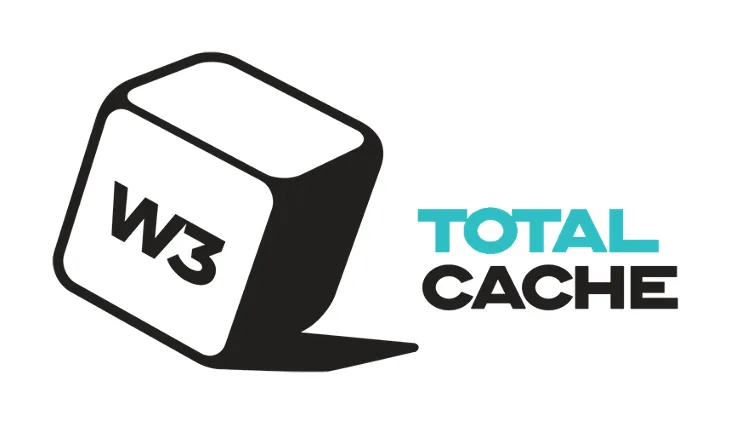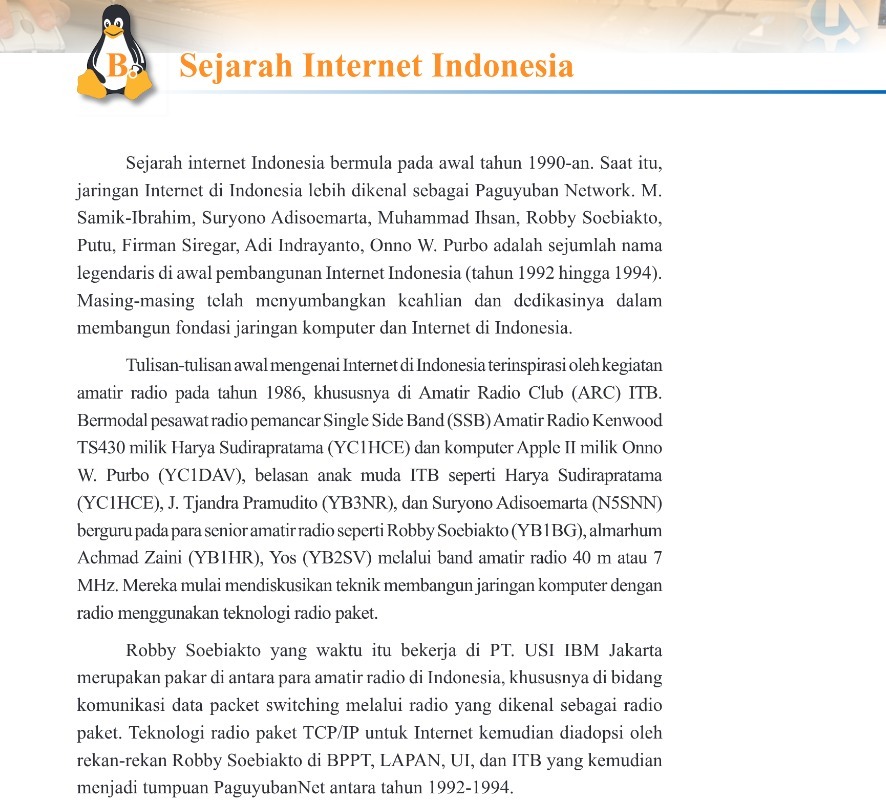A Comprehensive Guide to the W3 Total Cache WordPress Plugin
In the ever-evolving world of WordPress, ensuring your site performs optimally is paramount. One of the most effective tools for achieving this is the W3 Total Cache (W3TC) plugin. With its myriad of features and configurations, W3TC can significantly enhance your website’s speed and overall user experience. This comprehensive guide aims to demystify W3 Total Cache, exploring its features, benefits, and how to configure it for maximum performance.
What is W3 Total Cache?
W3 Total Cache is a performance optimization plugin for WordPress designed to improve your website’s speed and user experience. Developed by Frederick Townes, W3TC is one of the most popular caching plugins available, with over a million active installations. It offers a range of features that optimize your site’s performance, including page caching, database caching, object caching, browser caching, and more.
Why is Website Performance Important?
Before diving into the intricacies of W3TC, it’s essential to understand why website performance is critical:
- User Experience: Fast-loading websites provide a better user experience, reducing bounce rates and increasing engagement.
- SEO: Search engines like Google use page speed as a ranking factor. Faster sites rank higher in search results.
- Conversions: Improved performance can lead to higher conversion rates, whether it’s sales, sign-ups, or other actions.
- Mobile Optimization: With the increasing use of mobile devices, a fast website ensures a seamless experience across all devices.
Key Features of W3 Total Cache
W3 Total Cache offers a wide array of features designed to optimize every aspect of your WordPress site. Here are some of the key features:
- Page Caching: Saves the final HTML of your pages to reduce server load and improve load times.
- Minification: Reduces the size of your HTML, CSS, and JavaScript files by removing unnecessary characters.
- Database Caching: Caches database queries to reduce the time it takes to retrieve data from the database.
- Object Caching: Caches the results of complex operations to reduce load times.
- Browser Caching: Stores static files in the user’s browser to reduce load times on subsequent visits.
- Content Delivery Network (CDN) Integration: Integrates with CDNs to serve static files from locations closer to the user.
- Fragment Caching: Caches parts of pages that are repeatedly used, such as navigation menus.
- Lazy Loading: Delays the loading of images until they are needed, improving initial load times.
Installation and Initial Setup
Step 1: Install W3 Total Cache
- Login to your WordPress Admin: Go to your WordPress admin dashboard.
- Navigate to Plugins: Click on “Plugins” in the sidebar, then “Add New.”
- Search for W3 Total Cache: In the search bar, type “W3 Total Cache.”
- Install and Activate: Click “Install Now” and then “Activate.”
Step 2: Initial Configuration
- General Settings: After activation, go to “Performance” in the WordPress sidebar and click on “General Settings.”
- Enable Page Cache: Check the box to enable Page Cache and select the Disk: Enhanced method.
- Minify Settings: Enable Minify, and choose the Auto mode for easier setup.
- Opcode Cache: If available on your server, enable the Opcode Cache.
- Database Cache: Enable Database Cache and select the Disk method.
- Object Cache: Enable Object Cache and select the Disk method.
- Browser Cache: Enable Browser Cache.
Detailed Configuration
Page Cache
Page caching is one of the most critical aspects of W3TC. Here’s how to configure it:
- Page Cache Settings: Go to Performance > Page Cache.
- Cache Front Page: Ensure the option to cache the front page is enabled.
- Cache Feeds: Enable caching for RSS, RDF, and Atom feeds.
- Cache SSL Requests: Enable this if you have an SSL certificate.
- Cache URIs with Query String Variables: Enable if you have dynamic content that changes based on query strings.
- Cache 404 (Not Found) Pages: Enable to reduce server load caused by 404 errors.
Minify
Minification helps to reduce the size of your files. Here’s how to set it up:
- Minify Settings: Go to Performance > Minify.
- HTML & XML: Enable and select “Default” for the Minify and “Preserve comments” options.
- JS: Enable and choose the “Default” option.
- CSS: Enable and choose the “Default” option.
Database Cache
Database caching reduces the load on your database by storing query results:
- Database Cache Settings: Go to Performance > Database Cache.
- Enable Database Cache: Ensure this option is enabled.
- Cache Timeout: Set a cache timeout value. A good starting point is 180 seconds.
Object Cache
Object caching stores the results of complex operations:
- Object Cache Settings: Go to Performance > Object Cache.
- Enable Object Cache: Ensure this option is enabled.
- Cache Timeout: Set a cache timeout value. A good starting point is 180 seconds.
Browser Cache
Browser caching stores static files on the user’s device, improving load times on subsequent visits:
- Browser Cache Settings: Go to Performance > Browser Cache.
- Enable Set Expires Header: Ensure this is enabled.
- Enable Cache-Control Header: Ensure this is enabled.
- Enable ETag: Ensure this is enabled.
- Enable Gzip Compression: Ensure this is enabled.
- Set Cache Lifetimes: Configure the cache lifetimes for CSS & JS (31536000 seconds), HTML & XML (3600 seconds), and Media & Other Files (31536000 seconds).
Content Delivery Network (CDN) Integration
Integrating a CDN can significantly improve your site’s performance by serving static files from servers closer to your visitors:
- Choose a CDN: Popular CDNs include Cloudflare, Amazon CloudFront, and MaxCDN.
- CDN Settings: Go to Performance > CDN.
- Enable CDN: Check the “Enable” box.
- Specify CDN Type: Select your CDN provider.
- Configure CDN Settings: Enter the necessary details such as API key, URL, and other configuration options.
- Test CDN Configuration: Ensure everything is working correctly by testing the CDN configuration.
Advanced Features and Tips
Fragment Caching
Fragment caching allows you to cache specific parts of your page. This is useful for dynamic content that changes frequently:
- Enable Fragment Caching: Go to Performance > General Settings and enable Fragment Caching.
- Define Fragments: Use W3TC’s fragment caching tags to define which parts of your pages should be cached.
Lazy Loading
Lazy loading delays the loading of images until they are needed, which can significantly improve initial load times:
- Enable Lazy Loading: Go to Performance > General Settings and enable Lazy Load Images.
- Configure Settings: Adjust any additional settings for lazy loading as needed.
Monitoring and Testing
Regularly monitor your site’s performance and test changes to ensure optimal configuration:
- Use Tools: Utilize tools like Google PageSpeed Insights, GTmetrix, and Pingdom to measure performance.
- Analyze Reports: Regularly analyze the reports to identify bottlenecks and areas for improvement.
- Adjust Settings: Based on your analysis, tweak the W3TC settings to optimize performance further.
Common Issues and Troubleshooting
Despite its powerful features, you may encounter issues with W3 Total Cache. Here are some common problems and solutions:
- Site Not Updating: If your site doesn’t reflect changes, try clearing the cache. Go to Performance > Dashboard and click “Empty All Caches.”
- Compatibility Issues: Some plugins may conflict with W3TC. Disable other plugins one by one to identify conflicts.
- White Screen of Death: This can occur due to PHP memory limits. Increase the memory limit in your wp-config.php file.
- Slow Admin Area: If your admin area is slow, disable Object and Database Caching for the backend.
Conclusion
W3 Total Cache is a powerful tool that can significantly enhance your WordPress site’s performance. By understanding its features and carefully configuring its settings, you can improve your site’s speed, user experience, and search engine rankings. Regular monitoring and adjustments will ensure your site remains optimized as it grows and evolves. Whether you’re running a small blog or a large e-commerce site, W3 Total Cache can be a game-changer in your WordPress performance toolkit.







Post Comment